当前位置:网站首页>4年工作经验,多线程间的5种通信方式都说不出来,你敢信?
4年工作经验,多线程间的5种通信方式都说不出来,你敢信?
2022-07-05 13:19:00 【罗汉翔】
问题
有两个线程,A 线程向一个集合里面依次添加元素“abc”字符串,一共添加十次,当添加到第五次的时候,希望 B 线程能够收到 A 线程的通知,然后 B 线程执行相关的业务操作。线程间通信的模型有两种:共享内存和消息传递,以下方式都是基本这两种模型来实现的。
一、使用 volatile 关键字
基于 volatile 关键字来实现线程间相互通信是使用共享内存的思想。大致意思就是多个线程同时监听一个变量,当这个变量发生变化的时候 ,线程能够感知并执行相应的业务。这也是最简单的一种实现方式
public class TestSync {
//定义共享变量来实现通信,它需要volatile修饰,否则线程不能及时感知
static volatile boolean notice = false;
public static void main(String[] args) {
List<String> list = new ArrayList<>();
//线程A
Thread threadA = new Thread(() -> {
for (int i = 1; i <= 10; i++) {
list.add("abc");
System.out.println("线程A添加元素,此时list的size为:" + list.size());
try {
Thread.sleep(500);
} catch (InterruptedException e) {
e.printStackTrace();
}
if (list.size() == 5)
notice = true;
}
});
//线程B
Thread threadB = new Thread(() -> {
while (true) {
if (notice) {
System.out.println("线程B收到通知,开始执行自己的业务...");
break;
}
}
});
//需要先启动线程B
threadB.start();
try {
Thread.sleep(1000);
} catch (InterruptedException e) {
e.printStackTrace();
}
// 再启动线程A
threadA.start();
}
}二、使用 Object 类的 wait()/notify()
Object 类提供了线程间通信的方法:wait()、notify()、notifyAll(),它们是多线程通信的基础,而这种实现方式的思想自然是线程间通信。
注意:wait/notify 必须配合 synchronized 使用,wait 方法释放锁,notify 方法不释放锁。wait 是指在一个已经进入了同步锁的线程内,让自己暂时让出同步锁,以便其他正在等待此锁的线程可以得到同步锁并运行,只有其他线程调用了notify(),notify并不释放锁,只是告诉调用过wait()的线程可以去参与获得锁的竞争了,但不是马上得到锁,因为锁还在别人手里,别人还没释放,调用 wait() 的一个或多个线程就会解除 wait 状态,重新参与竞争对象锁,程序如果可以再次得到锁,就可以继续向下运行。
public class TestSync {
public static void main(String[] args) {
//定义一个锁对象
Object lock = new Object();
List<String> list = new ArrayList<>();
// 线程A
Thread threadA = new Thread(() -> {
synchronized (lock) {
for (int i = 1; i <= 10; i++) {
list.add("abc");
System.out.println("线程A添加元素,此时list的size为:" + list.size());
try {
Thread.sleep(500);
} catch (InterruptedException e) {
e.printStackTrace();
}
if (list.size() == 5)
lock.notify();//唤醒B线程
}
}
});
//线程B
Thread threadB = new Thread(() -> {
while (true) {
synchronized (lock) {
if (list.size() != 5) {
try {
lock.wait();
} catch (InterruptedException e) {
e.printStackTrace();
}
}
System.out.println("线程B收到通知,开始执行自己的业务...");
}
}
});
//需要先启动线程B
threadB.start();
try {
Thread.sleep(1000);
} catch (InterruptedException e) {
e.printStackTrace();
}
//再启动线程A
threadA.start();
}
}由输出结果,在线程 A 发出 notify() 唤醒通知之后,依然是走完了自己线程的业务之后,线程 B 才开始执行,正好说明 notify() 不释放锁,而 wait() 释放锁。
wait() 和 notify()都是Object类的通讯方法,注意一点,wait和 notify必须搭配synchronized使用,并且notify()不会释放锁
public class SynchronizedTest {
//定义个year,用来记录某明星的练习年数
private static double year;
public void run() {
//线程A,练习唱跳rap
Thread threadA = new Thread(() -> {
synchronized (this) {
for (year = 0.5; year <= 5; year += 0.5) {
System.out.println("蔡徐鸡开始练习唱跳rap:已练习" + year + "年");
try {
Thread.sleep(288);
} catch (InterruptedException e) {
e.printStackTrace();
}
//众所周知,练习两年半即可出道
if (year == 2.5) {
System.out.println("===========================>成功练习两年半,出道!!!");
this.notify();
}
}
}
});
//线程B,练习打篮球
Thread threadB = new Thread(() -> {
while (true) {
synchronized (this) {
try {
this.wait();
} catch (InterruptedException e) {
e.printStackTrace();
}
System.out.println("蔡徐鸡开始练习打篮球");
}
}
});
//注意,一定要先启动B,不然会导致B永远拿不到锁
threadB.start();
threadA.start();
}
public static void main(String[] args) {
SynchronizedTest test = new SynchronizedTest();
test.run();
}
}
三、使用JUC工具类 CountDownLatch
jdk1.5 之后在java.util.concurrent包下提供了很多并发编程相关的工具类,简化了并发编程代码的书写,CountDownLatch 基于 AQS 框架,相当于也是维护了一个线程间共享变量 state。
public class TestSync {
public static void main(String[] args) {
CountDownLatch countDownLatch = new CountDownLatch(1);
List<String> list = new ArrayList<>();
//线程A
Thread threadA = new Thread(() -> {
for (int i = 1; i <= 10; i++) {
list.add("abc");
System.out.println("线程A添加元素,此时list的size为:" + list.size());
try {
Thread.sleep(500);
} catch (InterruptedException e) {
e.printStackTrace();
}
if (list.size() == 5)
countDownLatch.countDown();
}
});
//线程B
Thread threadB = new Thread(() -> {
while (true) {
if (list.size() != 5) {
try {
countDownLatch.await();
} catch (InterruptedException e) {
e.printStackTrace();
}
}
System.out.println("线程B收到通知,开始执行自己的业务...");
break;
}
});
//需要先启动线程B
threadB.start();
try {
Thread.sleep(1000);
} catch (InterruptedException e) {
e.printStackTrace();
}
//再启动线程A
threadA.start();
}
}四、使用 ReentrantLock 结合 Condition
public class TestSync {
public static void main(String[] args) {
ReentrantLock lock = new ReentrantLock();
Condition condition = lock.newCondition();
List<String> list = new ArrayList<>();
//线程A
Thread threadA = new Thread(() -> {
lock.lock();
for (int i = 1; i <= 10; i++) {
list.add("abc");
System.out.println("线程A添加元素,此时list的size为:" + list.size());
try {
Thread.sleep(500);
} catch (InterruptedException e) {
e.printStackTrace();
}
if (list.size() == 5)
condition.signal();
}
lock.unlock();
});
//线程B
Thread threadB = new Thread(() -> {
lock.lock();
if (list.size() != 5) {
try {
condition.await();
} catch (InterruptedException e) {
e.printStackTrace();
}
}
System.out.println("线程B收到通知,开始执行自己的业务...");
lock.unlock();
});
threadB.start();
try {
Thread.sleep(1000);
} catch (InterruptedException e) {
e.printStackTrace();
}
threadA.start();
}
}这种方式使用起来并不是很好,代码编写复杂,而且线程 B 在被 A 唤醒之后由于没有获取锁还是不能立即执行,也就是说,A 在唤醒操作之后,并不释放锁。这种方法跟 Object 的 wait()/notify() 一样。
五、基本 LockSupport 实现线程间的阻塞和唤醒
LockSupport 是一种非常灵活的实现线程间阻塞和唤醒的工具,使用它不用关注是等待线程先进行还是唤醒线程先运行,但是得知道线程的名字。
public class TestSync {
public static void main(String[] args) {
List<String> list = new ArrayList<>();
//线程B
final Thread threadB = new Thread(() -> {
if (list.size() != 5) {
LockSupport.park();
}
System.out.println("线程B收到通知,开始执行自己的业务...");
});
//线程A
Thread threadA = new Thread(() -> {
for (int i = 1; i <= 10; i++) {
list.add("abc");
System.out.println("线程A添加元素,此时list的size为:" + list.size());
try {
Thread.sleep(500);
} catch (InterruptedException e) {
e.printStackTrace();
}
if (list.size() == 5)
LockSupport.unpark(threadB);
}
});
threadA.start();
threadB.start();
}
}边栏推荐
- DataPipeline双料入选中国信通院2022数智化图谱、数据库发展报告
- Principle and performance analysis of lepton lossless compression
- 国际自动机工程师学会(SAE International)战略投资几何伙伴
- Clock cycle
- DataPipeline双料入选中国信通院2022数智化图谱、数据库发展报告
- STM32 and motor development (from architecture diagram to documentation)
- Go string operation
- 事务的基本特性和隔离级别
- mysql获得时间
- Hiengine: comparable to the local cloud native memory database engine
猜你喜欢

Changing JS code has no effect
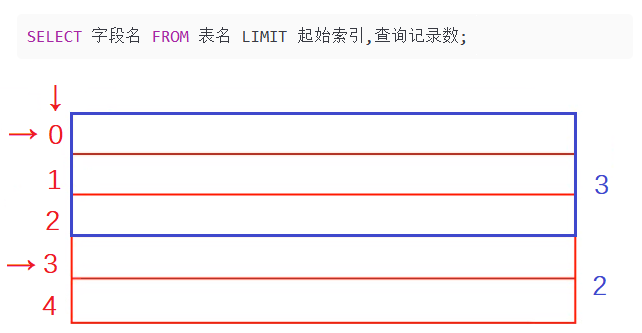
MySQL - database query - sort query, paging query
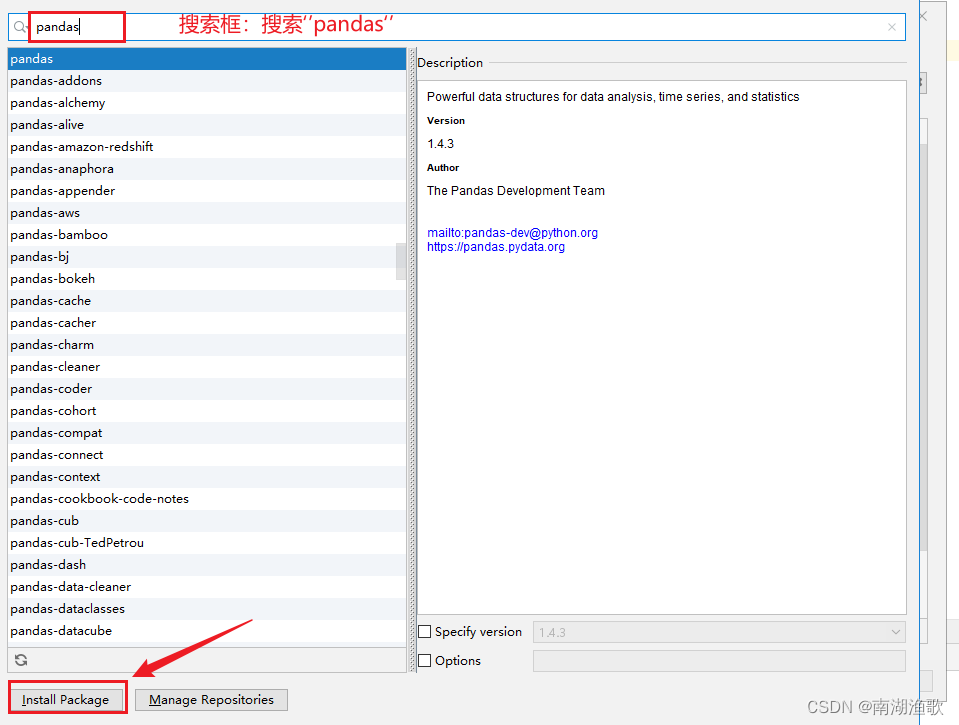
Pycharm installation third party library diagram
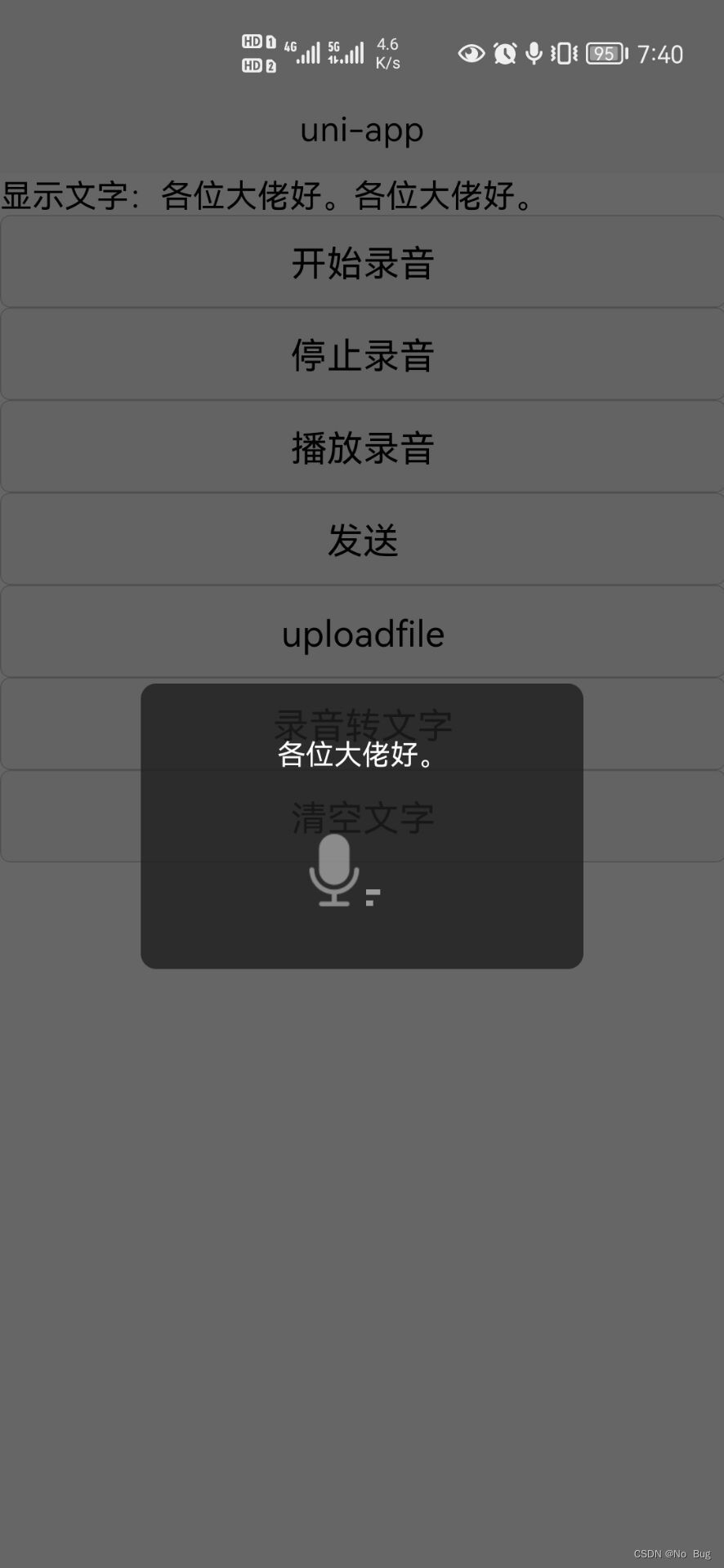
uni-app开发语音识别app,讲究的就是简单快速。
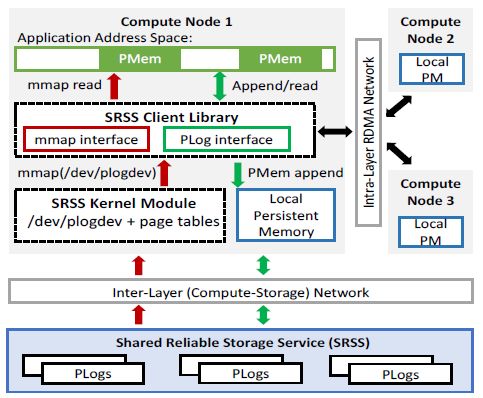
Hiengine: comparable to the local cloud native memory database engine
![[notes of in-depth study paper]uctransnet: rethink the jumping connection in u-net from the perspective of transformer channel](/img/b6/f9da8a36167db10c9a92dabb166c81.png)
[notes of in-depth study paper]uctransnet: rethink the jumping connection in u-net from the perspective of transformer channel

解决uni-app配置页面、tabBar无效问题
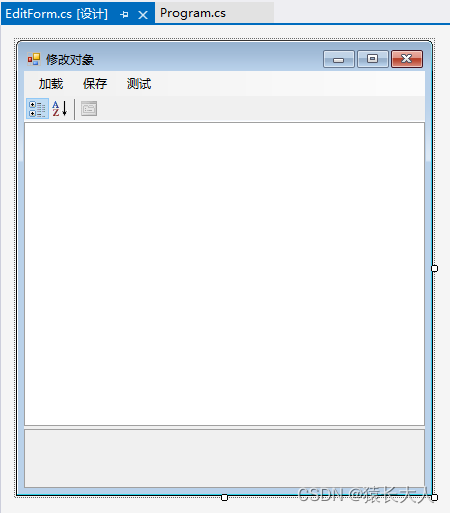
C# 对象存储

百度杯”CTF比赛 2017 二月场,Web:爆破-2

Flutter 3.0更新后如何应用到小程序开发中
随机推荐
Difference between avc1 and H264
Write API documents first or code first?
Shandong University Summer Training - 20220620
go 指针
The solution of outputting 64 bits from printf format%lld of cross platform (32bit and 64bit)
峰会回顾|保旺达-合规和安全双驱动的数据安全整体防护体系
先写API文档还是先写代码?
Rocky基础命令3
MATLAB论文图表标准格式输出(干货)
Simple page request and parsing cases
Integer ==比较会自动拆箱 该变量不能赋值为空
Apicloud studio3 API management and debugging tutorial
Backup and restore of Android local SQLite database
[notes of in-depth study paper]uctransnet: rethink the jumping connection in u-net from the perspective of transformer channel
RHCSA8
初次使用腾讯云,解决只能使用webshell连接,不能使用ssh连接。
蜀天梦图×微言科技丨达梦图数据库朋友圈+1
Shu tianmeng map × Weiyan technology - Dream map database circle of friends + 1
CAN和CAN FD
OpenHarmony应用开发之Navigation组件详解